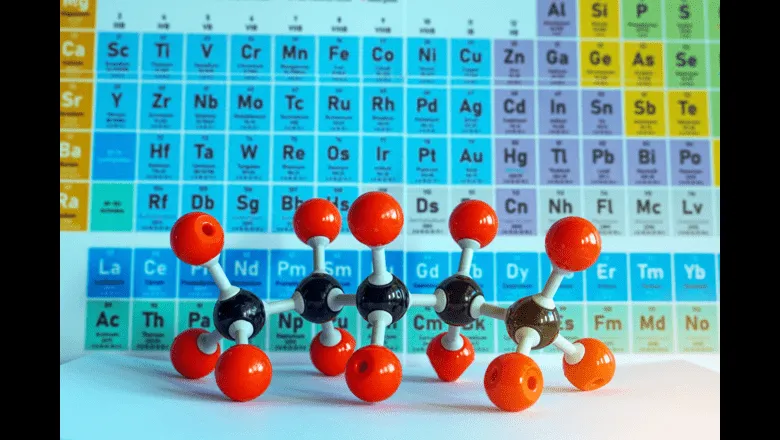The reason this is so exciting is that these conformational patterns in the nanoparticle could offer another approach to improve the efficacy of drugs."
Professor Chris Lorenz
29 April 2024
Interdisciplinary scientists revolutionise drug design through simulations
Molecular level computer simulations could improve the delivery of existing drugs as well as the formulation of new ones.

An interdisciplinary team of researchers from the Departments of Chemistry and Physics and the Danish quantum computing company Kvantify have identified a new way to potentially control drug delivery.
To probe the efficacy of the anticancer peptide EEK, a string of amino acids with anticancer properties, the team used simulations of these molecules (molecular simulation) and machine learning to investigate the distribution of EEK within a polymer nanoparticle. Their findings are published in the American Chemical Society’s journal, Nano Letters.
Polymers are large chains made up of smaller repeating molecules called monomers, while nanoparticles are small particles that are on the nanometre scale which have emerged as a method to deliver drugs to a biological target. Some of the COVID-19 vaccines transport mRNA into the body using a nanoparticle formulation made from lipids, which are organic compounds that don’t interact with water.
The researchers found that when EEK and polymers assembled themselves into a nanoparticle formulation, EEK is not uniformly distributed within it. Instead, most peptides were found towards the outer surface of the nanoparticle, near the surrounding water, while a small percentage of EEK were located deep within its core.
Using a type of artificial intelligence called unsupervised machine learning, the team showed that the presence of EEK in these different environments directly impacts the shape of the polymer molecules around them, which in turn influences how effectively the nanoparticle would be able to encapsulate EEK. If it can store greater amounts of the drug within itself, EEK will potentially be more effective.
Professor Chris Lorenz from the Department of Physics comments, “The reason this is so exciting is that these conformational patterns in the nanoparticle could offer another approach to improve the efficacy of drugs. If you can spot patterns where drugs with particular chemistries are more likely to be stored within a nanoparticle, you can design drug formulations which optimise the uptake of active agents.
The hope is that this could be used in everything from anticancer treatments to vaccines, and eventually open the door to true personalised medicine.”
Professor Chris Lorenz
"If further investigation finds that drugs are preferentially stored in specific local environments, then this knowledge could be used to not only improve the efficacy of new drugs but to reformulate existing ones as well. The hope is that this could be used in everything from anticancer treatments to vaccines, and eventually open the door to true personalised medicine.”
Molecular dynamics simulations that generate different configurations of the 3D structures of complex molecules to test how they work are becoming an increasingly common tool in drug discovery.
While using computers to understand the interaction between drugs and their biological target is commonly done, their use to design ways to deliver drugs effectively is still a burgeoning field. By using these methods, the team are also demonstrating molecular simulation’s utility in drug delivery studies too.


